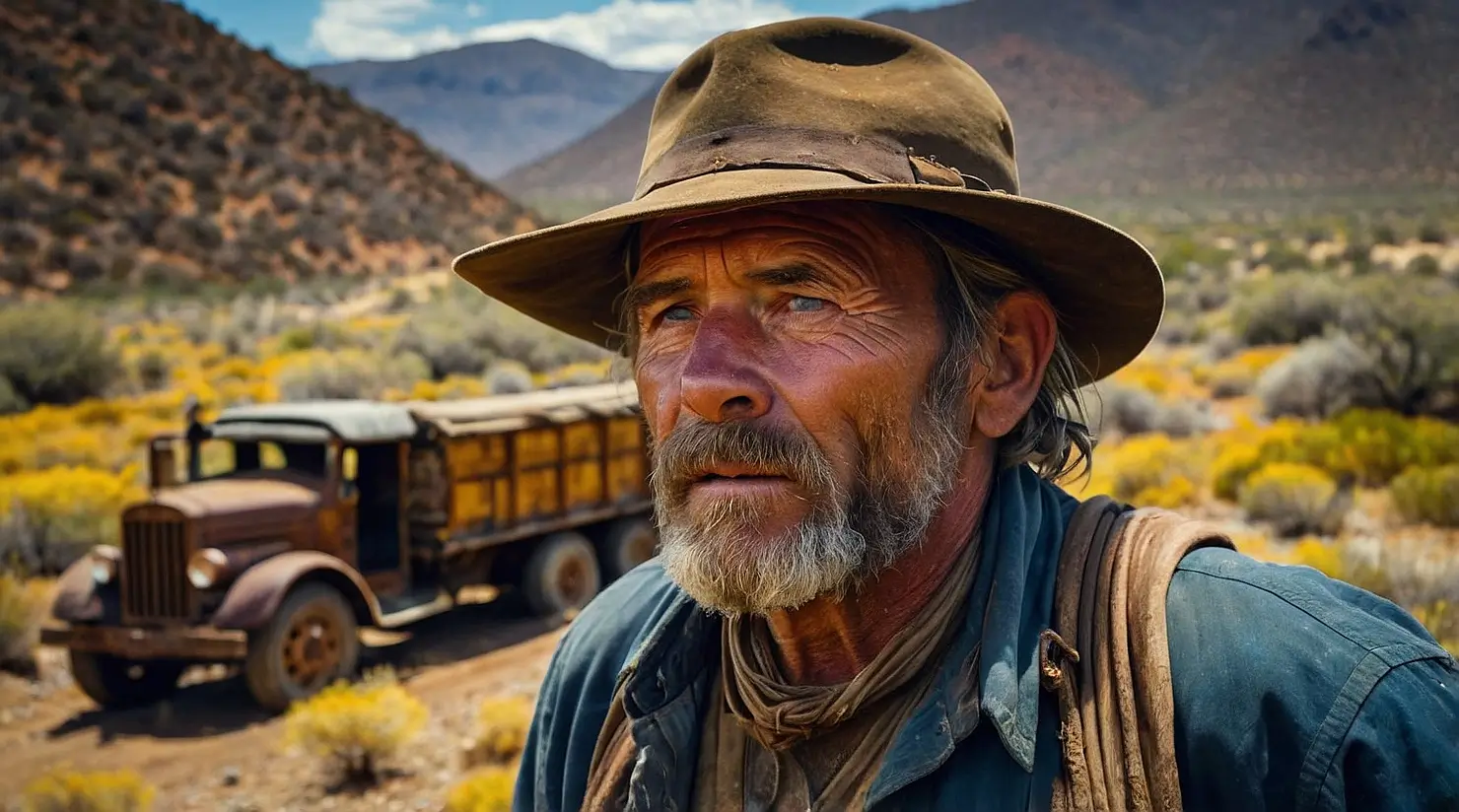Women played vital, often overlooked roles during the Gold Rushes. They were not just wives, but also workers, business owners, and community builders.
In a Nutshell: Women in the Gold Rush
- You will learn about the many roles women held.
- You will understand the tough challenges they faced.
- You will see their lasting impact on history.
Estimated reading time: 5 minutes
Imagine a time of wild adventure and hard work. The Gold Rush brought many people seeking fortune. But what about the women? Their stories are just as important. They shaped these exciting times in many ways.
Women’s Roles and Their Numbers
The California Gold Rush (1848-1855) and the Klondike Gold Rush (1896-1899) drew many people. Most were men. In California by 1850, there were about 12 men for every woman among White settlers. Women came from many places.

This included Indigenous groups, Spanish Californios, and people from Europe, Latin America, and Asia. They traveled long distances by land or sea.
Some women joined their husbands. Others sought their own adventure and money. You can learn more about the Klondike Gold Rush and the California Gold Rush.
Hardships Women Faced
Life was very hard for women in the Gold Rush. The journey to the goldfields was tough and risky. Women faced health problems and felt alone. The physical demands of travel were immense.

They also faced strict social rules. Women often handled all household duties in mining camps. They had few chances for schooling or jobs outside of home tasks. Women often had limited legal rights. Their hard work was not always recognized. This was true even though they helped local economies.
Women’s Economic Impact
Women made important money contributions. Many started their own businesses. They ran boarding houses, hotels, and restaurants. These places served the many miners. Sadly, the gold rushes also led to more prostitution. Some women were brought to these areas for the sex trade.
Women were key in supporting their families. They managed homes and businesses. This was often while their husbands were away seeking gold. Their efforts kept many families going.
Buy Gold Online: The Smart and Secure Way
Discover the safest and most reliable strategies to buy gold online. Make informed investment decisions and secure your financial future today!
Learn MoreBuilding Communities
The presence of women deeply changed gold rush areas. They helped set up important community structures. This included schools and churches in the new towns. Their efforts made these places feel more like home.
The gold rushes also brought people from many cultures together. Women from different backgrounds shared their ways of life. This helped create the diverse mix of people seen in these regions today.

Their Legacy Today
For a long time, the stories of women in the Gold Rush were not fully told. This led to a historical view that missed their important work. Today, this is changing.
- New Research: Scholars now actively look for and share women’s experiences from these times.
- Better Portrayals: Media and history books are working to show women’s roles more truly.
- Modern Mining: Even now, women are not fully included in the mining industry. This shows we still need to work for more fairness. You can read more about women in mining history.
Women played a vital but often overlooked role in the gold rushes. Their contributions to money growth, stable towns, and diverse cultures are huge. As historians learn more, it becomes clear that their experiences are key to understanding these big events.
- Look Beyond Miners: Women did more than dig for gold. They ran homes and businesses.
- See Their Challenges: Travel was hard. Society often limited their choices.
- Value Their Support: They built communities. They helped families survive and grow.
- Find Their Stories: Many books and studies now share their hidden past.
Your Questions About Women in the Gold Rush Answered (Simply)
What roles did women play in the Gold Rush?
What challenges did women face during the Gold Rush?
How did women contribute to the Gold Rush economy?
Were there many women in the Gold Rush?
What was life like for women in mining camps?
How did women help build communities in the Gold Rush?
Why are women’s stories in the Gold Rush often forgotten?



